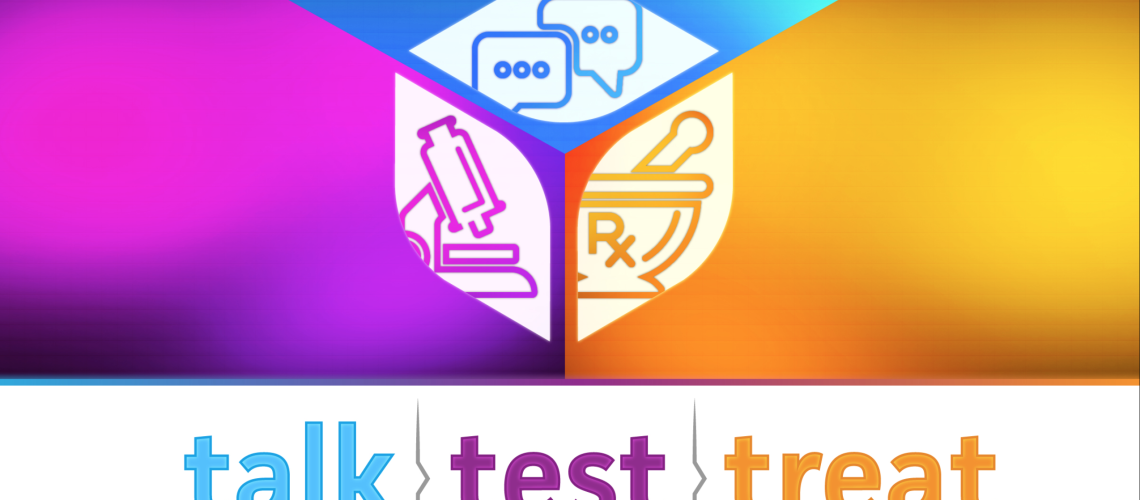New HIV infections in the US declined by 12% from 2017 to 2021, according to the latest CDC data. New HIV cases decreased from 36,500 in 2017 to 32,100 in 2021. Infections fell by an even greater percentage (34%) among gay and bisexual men ages 13-24. Despite these improvements, large racial and economic inequities remain. Black and Hispanic gay men accounted for most new HIV diagnoses in 2021. About half of the women who developed HIV were Black, despite representing less than 14% of US female population.
A highly effective medication called PrEP (Pre-exposure Prophylaxis) is available to prevent HIV. When taken as directed, PrEP reduces the risk of getting HIV from sex by 99%. Use of PrEP has increased significantly in recent years. Among people at risk for HIV, 30% used the medication in 2021 compared to just 13% in 2017. Unfortunately, Black and Hispanic/Latino people use PrEP at much lower rates than White people. Just 11% of Black patients and 21% of Hispanic patients take PrEP, while 78% of White patients use the medication. This wide gap is even more concerning when considering the fact that Black and Hispanic/Latino face the highest risk for HIV. Many factors contribute to these racial disparities. Black and Hispanic/Latino individuals are less likely to have health insurance coverage and a regular primary care doctor than White people. A lack of economic security and residential segregation make it much more difficult to access medical resources. Stigma and misinformation associated with HIV also stand in the way of people getting the help they need.

